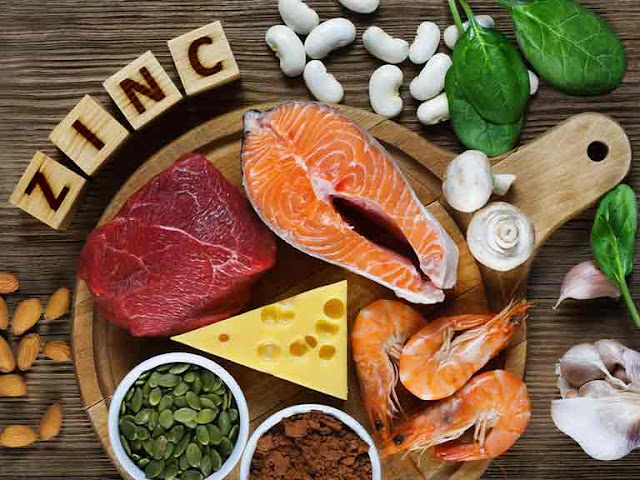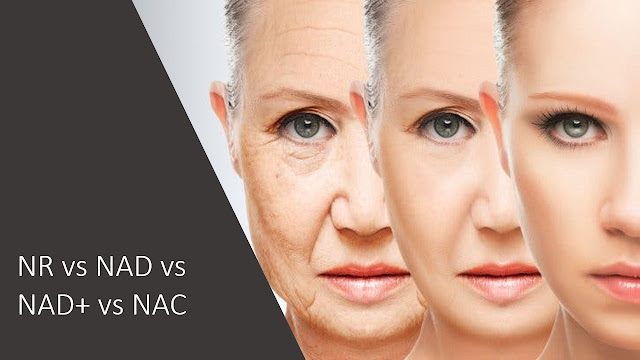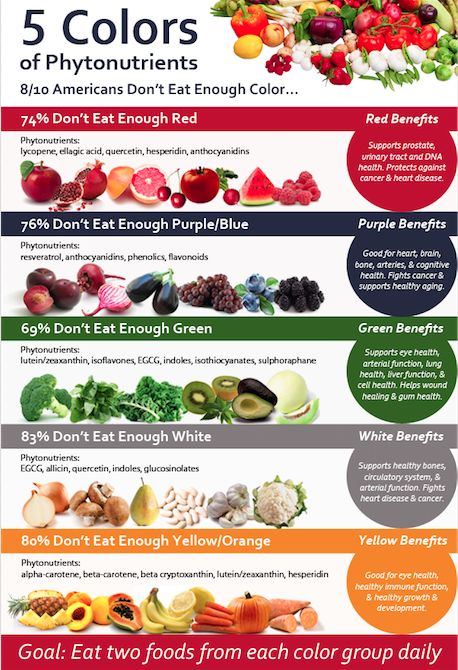Glutathione vs NAC: What's the Difference? (2024)
What's the difference between glutathione and NAC? Which is the superior choice? Liposomal glutathione vs NAC? We will cover the essentials and explain about each of these nutrients below.
There is no specific dietary recommendation for cysteine because your body can produce small amounts.
For your body to make the amino acid cysteine, you need adequate amounts of folate, vitamin B6 and vitamin B12. These nutrients can be found in beans, lentils, spinach, bananas, salmon and tuna.
While most protein-rich foods, such as chicken, turkey, yogurt, cheese, eggs, sunflower seeds and legumes, contain cysteine, some people choose to supplement with NAC to increase their cysteine intake.
N-acetyl cysteine (NAC) is a supplement form of cysteine. NAC has low bioavailability as an oral supplement, meaning that it’s not well absorbed. The accepted daily supplement recommendation is 600–1,800 mg of NAC (Source, Source).
NAC can be administered as an IV or taken orally, as an aerosol spray or in liquid or powder form.
Consuming adequate cysteine and NAC is important for a variety of health reasons — including replenishing the most powerful antioxidant in your body, glutathione.
NAC is valued primarily for its role in antioxidant production. Along with two other amino acids — glutamine and glycine — NAC is needed to make and replenish glutathione.
Glutathione is one of the body’s most important antioxidants, which helps neutralize free radicals that can damage cells and tissues in your body.
People with bleeding disorders or taking blood thinning medications should not take NAC, as it may slow blood clotting (Source).
NAC has an unpleasant smell that makes it hard to consume. If you choose to take it, consult with your doctor first.
Glutathione
Glutathione or GSH (tripeptide of glutamic acid, cysteine, and glycine) is referred to as the body’s “master antioxidant” or the “mother of all antioxidants” because it is your body’s primary and most prevalent protector, found in all mammalian tissue.
Acetyl-Glutathione is an acetylated form of glutathione. Adding an acetyl function group to an existing molecule is something that has been done in medicine for many years. In fact “acetyl” is the difference between heroine and morphine. You have probably used an acetylated product in the form of acetyl-salicylic acid… or aspirin. The concept is the acetyl function group makes the molecule more stable and enhances delivery through the blood stream including to the brain. Unfortunately there are very few studies regarding acetyl-glutathione but the science behind it is strong, and anecdotal evidence would suggest this is the best glutathione form currently in supplements. It also tends to come at a higher price due to a more complicated production.
Whey Protein is technically a glutathione precursor. Whey protein get it’s own category because it’s so significant as one of the first and best ways to promote glutathione production in your body. Only a few years ago, the only reliable and simple way to boost GSH was to consume a good quality non-denatured whey protein powder. Cysteine tends to be the limiting factor in GSH production, and is found in good quality whey, making it strong healthy source of a good amino acid profile that boosts glutathione.
For more detailed info on glutathione, check out Essential Glutathione: The Mother of All AntioxidantsWhile glutathione may be challenging for the body to process orally, there are ways to circumvent this difficulty.
By enclosing the fragile GSH compounds in a lipid barrier, liposomal formulations are able to get more of the active ingredient past the acidic environment of the stomach and into the intestines intact, where they can be fully absorbed into the body. Liposomal delivery systems have been improving the bioavailability of supplements, and even pharmaceuticals, for the last couple of decades.
In a 2018 study, liposomal Glutathione was found to increase the body’s stores of GSH, increasing markers of immune system function as well as reducing markers of oxidative stress. This could be significant for those who desire a healthier immune system in addition to the potential anti-aging benefit of GSH.
In addition to incorporating liposomal technology, Quicksilver Scientific Liposomal Glutathione uses a spray delivery, to be used sublingually, which further enhances its bioavailability. A 2017 study found glutathione, specifically sublingual glutathione, to be a valid use in reducing signs of cardiovascular damage in men.
So, which is the superior choice? Liposomal glutathione vs NAC? The answer will vary from person to person, but it is our belief that liposomal glutathione provides a more potent and direct method of antioxidant relief.
- Mitochondrial dysfunction
- Oxidative stress
- Inflammation
- Endothelial dysfunction
- Insulin resistance
- Genomic damage
- Cognition
- Strength
- Gait speed
- Exercise capacity
- Body fat levels
- Waist circumference
Cytokines are an important part of your immune response. However, when your body releases excessive or uncontrolled levels of cytokines it results in hyper-inflammation called a cytokine storm. A cytokine storm may lead to serious complications and even death in serious COVID-19 cases and in other infections.
Optimizing your immune system with diet and lifestyle changes are critical to improving your health and to decrease your risk of a cytokine storm. However, therapeutics, vaccines and other physical strategies such as social distancing and mask wearing are also needed in order to protect yourself and your loved ones. It doesn't have to be an 'either or' situation. Combination strategies are normally more effective.
Z-Dtox Supplement
Your immune system can be weakened by over 300 different primary immunodeficiency disorders, poor diet, lack of sleep, and adverse reactions to various vaccines.
That’s where Z-DTOX comes in! Z-Dtox is Dr. Zelenko’s proprietary combination of ECGC, NAC, Zinc, Vitamin C, and Vitamin D.
Ingredients:
- Epigallocatechin gallate (EGCG) is an extract of green tea and is a powerful zinc Ionophore (zinc delivery system).
- N-acetyl cysteine (NAC) is a supplement form of cysteine. It may prevent blood clots and is an antioxidant.
- Zinc is critical for immune cell development. Dozens of different enzymes in the body rely on zinc.
- Vitamin C is an essential nutrient involved in the repair of tissue and the enzymatic production of certain neurotransmitters.
- Vitamin D is a group of fat-soluble secosteroids responsible for increasing intestinal absorption of calcium, magnesium, and phosphate, and many other biological effects.
Note: To get 5% OFF, please use this coupon code: drfrancis










Comments